The Twelve-Angled Stone in Cusco, Peru, is an extraordinary monument of ancient craftsmanship. Believed to have been crafted in the 15th century by the Inca civilization or possibly an earlier culture, the stone illustrates the advanced engineering skills of its creators. The twelve angles are perfectly shaped and fit perfectly into the surrounding stones, which has puzzled experts for centuries. The mystery of how this masterpiece was built without modern tools remains a persistent question, arousing curiosity and admiration worldwide. Let’s explore more mysteries in the world with archeology.dulichvn.net
1. Historical Significance of the Twelve-Angled Stone
The Twelve-Angled Stone is more than a work of art; it is a symbol of the ingenuity and sophistication of the people who shaped it.
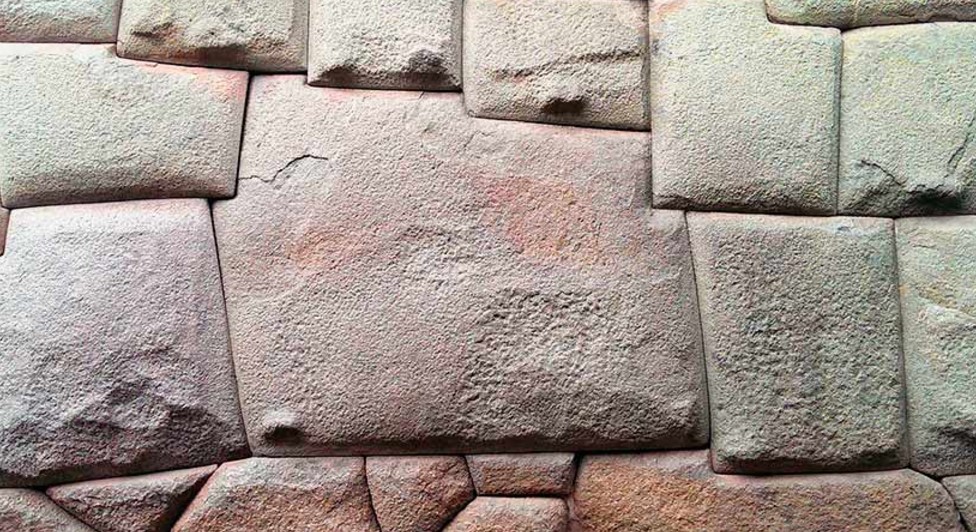
1.1. Location and Cultural Context
Located in the ancient city of Cusco, once the capital of the Inca Empire, the Twelve-Angled Stone is part of the Hatun Rumiyoc wall. This wall, a remnant of Inca architecture, highlights their exceptional ability to design and construct enduring structures that harmonized with the natural environment.
See more: The Porte de Paris in Lille: A Triumph of Baroque Architecture and History
1.2. Theories About Its Origins
While widely attributed to the Inca, some theories suggest the stone may have been crafted by an even earlier civilization, showcasing the cumulative architectural advancements of pre-Columbian cultures.
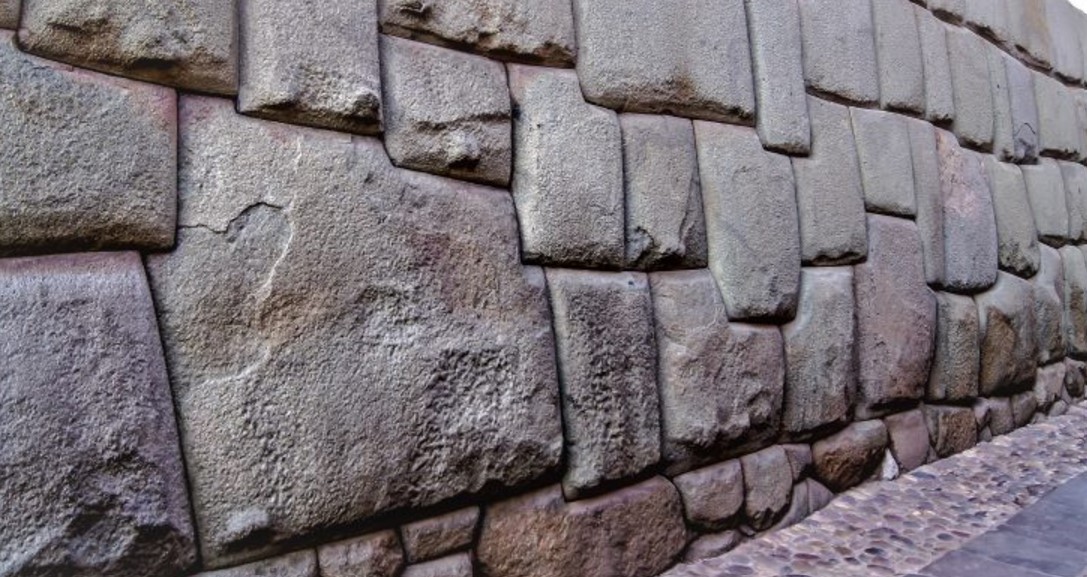
1.3. Role in Inca Architecture
The Inca were renowned for their stone masonry, which prioritized durability and earthquake resistance. The Twelve-Angled Stone exemplifies these principles, blending functionality with artistic precision.
2. Engineering Marvels of the Twelve-Angled Stone
The Twelve-Angled Stone’s precision and complexity have made it an object of fascination and debate among historians, architects, and archaeologists.
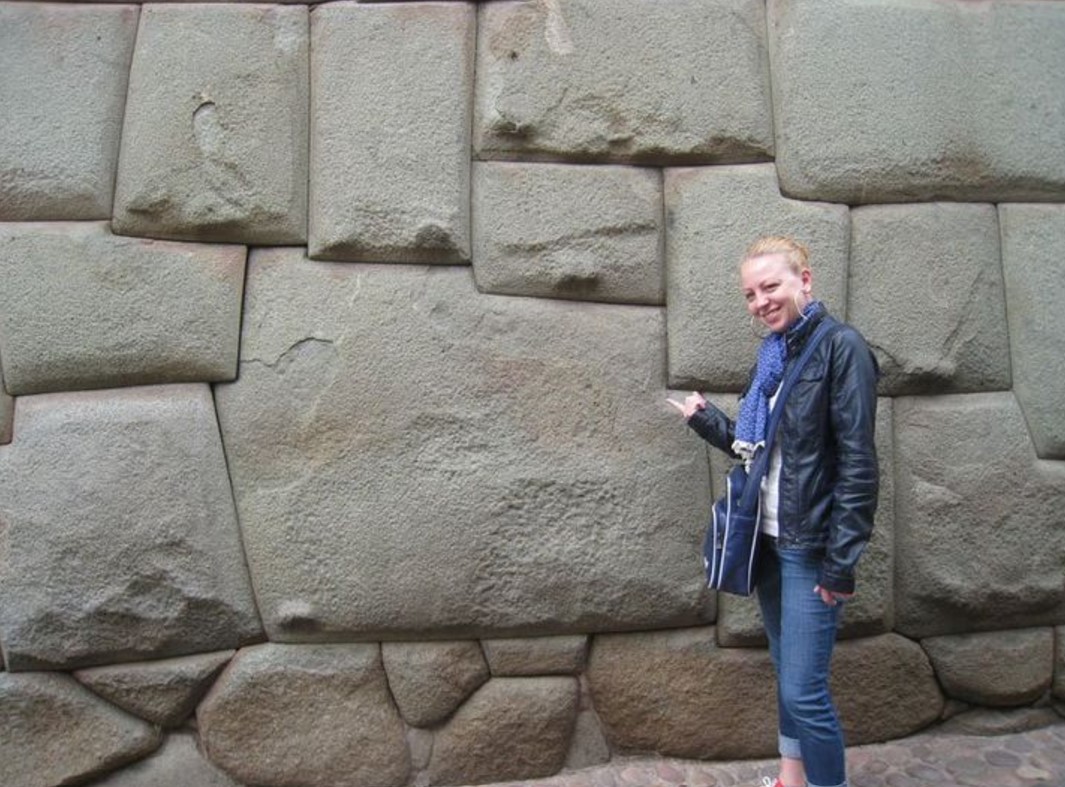
2.1. Perfect Geometry
The stone features twelve meticulously carved angles that fit seamlessly with adjacent stones. This precision was achieved without mortar, reflecting an understanding of geometry and material properties far ahead of its time.
See more:Exploring the Monument Dedicated to the Ancient Greek Warriors of the Battle of Salamis
2.2. Advanced Tools or Techniques?
One of the greatest mysteries surrounding the stone is how it was carved and shaped. With no evidence of metal tools capable of such precision during the Inca era, researchers speculate that techniques involving stone-on-stone carving or the use of natural abrasives may have been employed.
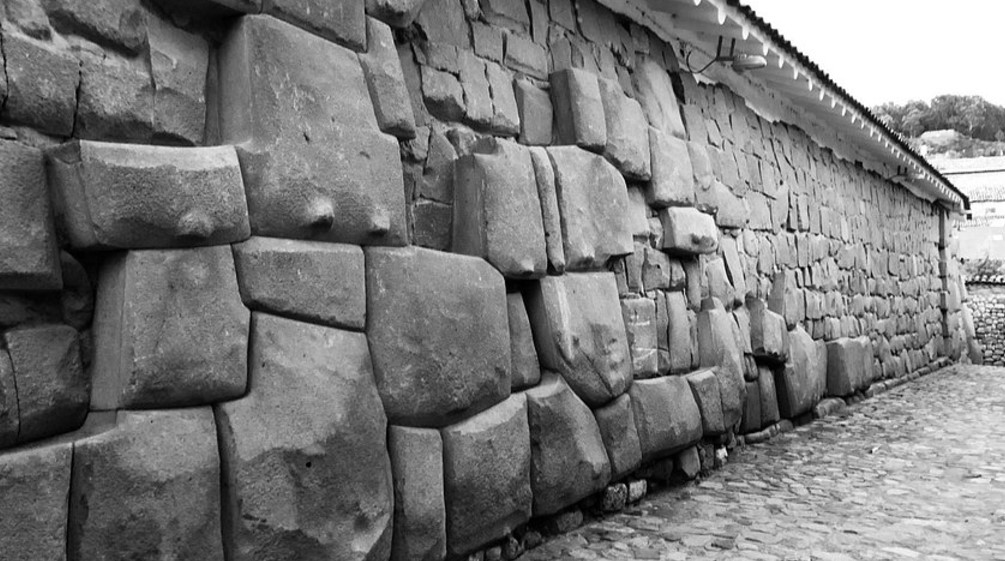
2.3. Earthquake-Resistant Design
The interlocking structure of the Twelve-Angled Stone is not just an aesthetic achievement; it also contributes to the wall’s earthquake resistance. This design reflects the Inca’s mastery of creating buildings that could withstand the seismic activity common in the region.
3. The Enduring Mystery and Legacy
The Twelve-Angled Stone continues to intrigue experts and captivate visitors, serving as a testament to the ingenuity of ancient civilizations.
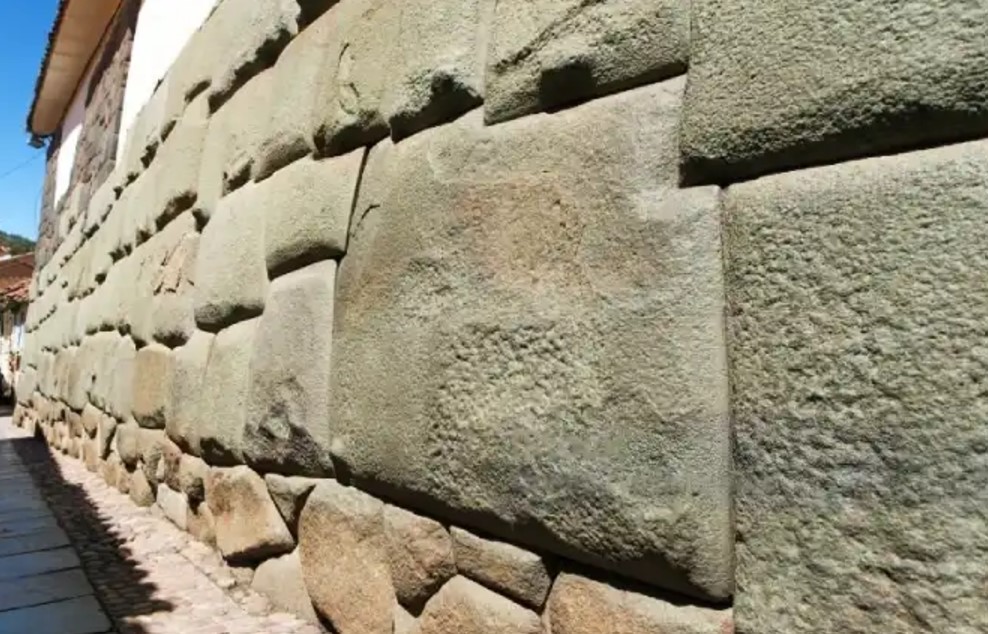
3.1. Modern Research and Speculation
Despite advances in technology, researchers remain uncertain about the exact methods used to shape and fit the Twelve-Angled Stone. This mystery fuels ongoing investigations and debates, keeping the stone at the center of archaeological and architectural studies.
3.2. Tourist Attraction and Cultural Symbol
Today, the stone is a major attraction in Cusco, drawing thousands of visitors who marvel at its precision and artistry. It has become a symbol of Peruvian heritage, representing the ingenuity and resilience of the country’s ancestors.
3.3. Lessons from the Past
The Twelve-Angled Stone reminds us of the importance of preserving and learning from ancient technologies. Its construction techniques, though mysterious, could inspire sustainable and resilient architectural practices in the modern era.
Conclusion
The Twelve-Angled Stone in Cusco stands as a monumental achievement in ancient engineering and craftsmanship. Whether a product of the Inca or an earlier culture, it reflects an extraordinary understanding of design, geometry, and materials. As both a cultural treasure and an enduring mystery, the stone invites us to admire the ingenuity of ancient civilizations and challenges us to unlock its secrets. Nestled in the heart of Cusco, this masterpiece continues to inspire awe, serving as a timeless reminder of humanity’s creative and technical potential.

CÁC TIN KHÁC
Mary Walton: The Forgotten Inventor Who Helped Clean Up America’s Cities
Tomb of Queen Nefertari in the Valley of the Queens, Egypt
Discover the Hypostyle Hall of the Temple of Hathor at Dendera
Venus de Losange: Unveiling the Mystery of a 20,000-Year-Old Paleolithic Icon